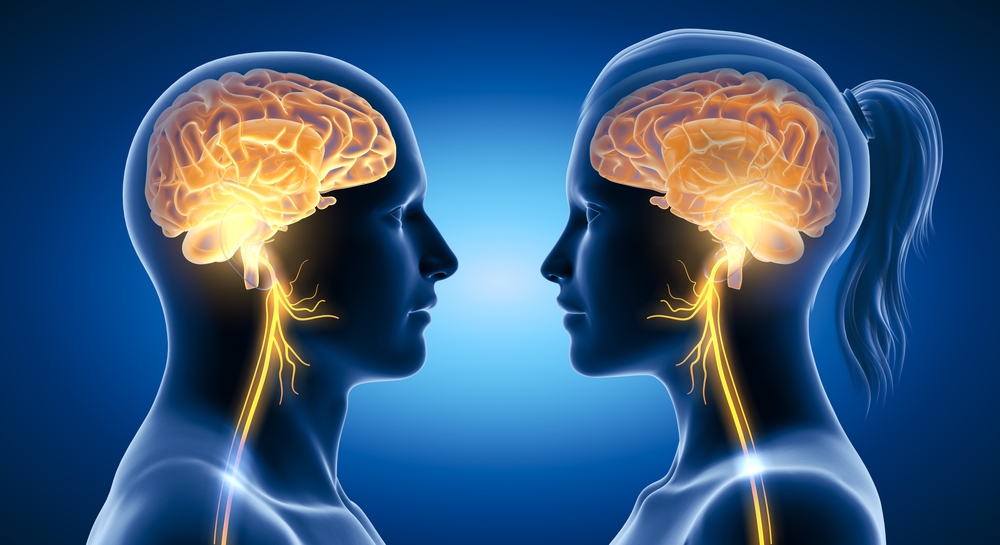
The intricate web of the human nervous system conceals several gems and among its crown jewels lies the vagus nerve. Identified as the 10th cranial nerve, this sprawling network intricately links our brain to pivotal organs such as the heart, lungs, liver and beyond. Its name, derived from the Latin word for “wandering,” aptly describes its extensive reach throughout the body.
The role of the vagus nerve is not limited to mere anatomical connections. As the body’s internal warriors battle foreign intruders, it’s the vagus nerve that orchestrates the release of these defensive troops. In doing so, it ensures that inflammation remains in balance and doesn’t exceed beneficial levels. Remarkably, its functions don’t stop there. It actively participates in glucose and insulin regulation, aids in digestion and meticulously maintains our respiratory and heart rates.
The multifaceted duties of this singular nerve have made it a compelling focal point for scientific research. Unlocking its mysteries holds the promise of transformative advancements in medical treatments.
Historically, recognition of the significance of this nerve isn’t a modern discovery. Ancient Hindu texts referenced it metaphorically as the crown chakra or the Sahasrara Brahmarandhra. These texts unveiled insights into achieving profound tranquillity and inner cleansing by harnessing its power.
An intriguing chapter in this journey was the institute’s collaboration with Wim Hof, a renowned figure recognised for his unique ability to control his body’s internal processes.
With the aim of unravelling the dialogue between the brain and the vagus nerve, Hof was monitored while meditating. To everyone’s astonishment, the readings mirrored the distinct signature of intense vagus nerve stimulation.
Despite the groundbreaking results, subsequent follow-ups and replications remained elusive. The reasons for this are debatable, with some speculating a preference for tangible, marketable solutions over harnessing the body’s inherent capabilities. To this end, the Feinstein Institute unveiled a device designed to stimulate the vagus nerve, implantable at the base of the neck. Its efficacy, however, has been inconsistent.
As the quest for understanding and harnessing the vagus nerve continues, what remains evident is its profound role in our well-being. For those seeking to stimulate it, sometimes the answer might just lie in the age-old practices of meditation and focused breathing. After all, nature has a way of offering solutions that science is only beginning to understand.
Stimulating and regulating the activity of the vagus nerve can offer potential benefits for both physical and mental well-being.
Here are some strategies and practices that individuals can adopt to support their vagus nerve:
Deep Breathing and Breath Control: Slow, diaphragmatic breathing can stimulate the vagus nerve. Techniques such as the “4-7-8” breathing (inhale for 4 counts, hold for 7, exhale for 8) can be particularly effective.
Singing and Chanting: Engaging the vocal cords and the muscles at the back of the throat can stimulate the vagus nerve. Singing, humming, and chanting can be effective practices.
Cold Exposure: Brief exposures to cold, such as cold showers, cold face washes, or even just splashing cold water on the face, can stimulate the vagus nerve. The mechanism behind this is the “diving reflex,” which is more profound when cold water contacts the face and optimally when holding one’s breath.
Meditation and Mindfulness: Practices that promote relaxation can increase vagal tone. Guided meditation, mindfulness and loving-kindness meditation are a few techniques that may help.
Yoga: The combination of movement and mindful breathing in yoga can stimulate the vagus nerve, especially in poses that involve twisting or those that engage the neck area.
Gargling: Regular gargling with water can activate the muscles in the back of the throat, thereby stimulating the vagus nerve.
Probiotics: Gut health and the vagus nerve are interconnected. Consuming probiotics or foods rich in healthy bacteria (like yogurt, sauerkraut, or kimchi) might enhance gut health and consequently support vagal activity.
Omega-3 Fatty Acids: These can increase vagal tone and reduce inflammation. Foods rich in omega-3s include fish like salmon, chia seeds, flaxseeds, and walnuts.
Massage: A gentle neck massage, particularly in the carotid sinus (located on the side of the neck), can stimulate the vagus nerve.
Social Connections: Positive social interactions can increase vagal tone. Engaging in regular social activities, forming close personal bonds and even simple acts like laughing and storytelling with friends can be beneficial.
Limiting Stress: Chronic stress can be detrimental to vagal tone. Find ways to manage and reduce stress, be it through exercise, hobbies, or seeking professional support.
Exercise: Regular physical activity, especially exercises that involve the breath like aerobic activities, can improve vagal tone.
Remember, individual responses to these practices can vary and it’s essential to find what works best for you. If you’re interested in exploring these further, especially in the context of mental health, consider consulting with a healthcare professional or therapist for personalised guidance.


